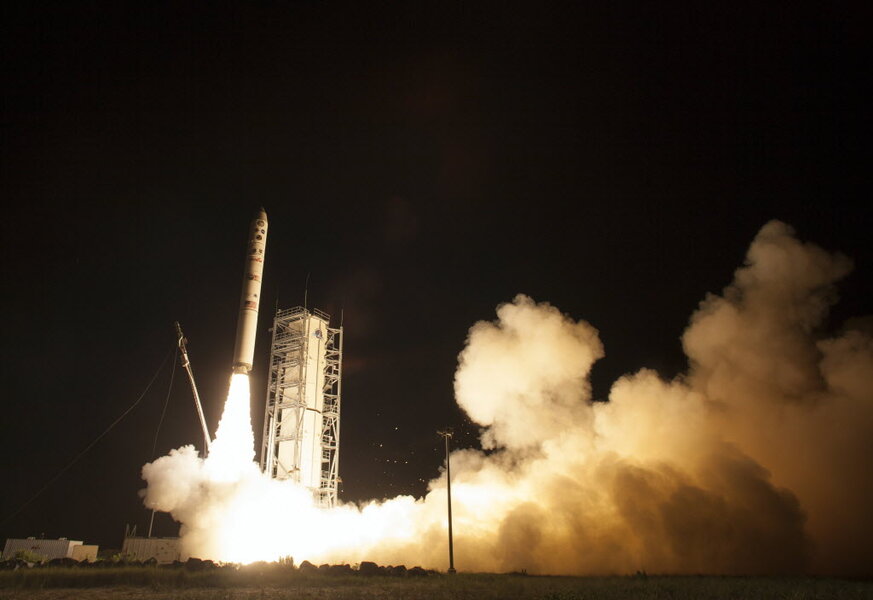NASA downloads data from moon, sets speed record
Loading...
It turns out that NASA is still reliant on old-fashioned radio waves to talk to its ever more advanced space equipment. And it’s looking to change that.
This week, NASA’s Lunar Laser Communications Demonstration (LLCD) used a pulsed laser beam to transmit data between the moon and New Mexico at a download rate of 622 megabits per second. That’s a record-breaking download rate between the Earth and its moon, some 239,000 miles apart, and one that NASA says heralds a future of high-speed connection between Earth and space.
A megabit is about the equivalent of 65,000 words in plaintext, or about a third of the length of "Moby Dick." A decent cable broadband connection will deliver about 15 megabits per second.
NASA’s space technologies are more powerful than ever before, and the agency is asking for more from them, including high-resolution images, 3D movies, and huge datasets. What’s stopping the agency from getting what it wants, though, are the radio waves.
Radio frequency communication, on which NASA has relied throughout its decades in space, is unable to handle the volumes of data that NASA expects to demand from its space telescopes, probes, and rovers in coming years. If the file sizes keep growing, trying to download them via radio waves will be similar to trying to download a full-length HD movie on a dial-up connection. It will be slow. Or it just won’t work.
As NASA puts it, “The Internet is no longer limited by the slow speed of dial-up connections, so why should our satellites be?”
Radio wave technologies are also downright cumbersome, not quite space-age-sleek. Radio wavelengths are long – the size of the transmission beam is about 100 miles wide. So, NASA has had to use huge receiving antennas to talk to its equipment. Laser wavelengths, though, are 10,000 times shorter than radio wavelengths, and NASA will be able to receive laser data with much smaller antennas.
That’s where LLCD comes in. The system was launched last month aboard the Lunar and Atmospheric Dust Environment Explorer (LADEE), the satellite now in orbit around the moon. On Wednesday, the system communicated about five times faster between the moon and Earth than has ever been done in the past.
LLCD is a short-duration test, a prototype to NASA’s long-term experiment, Laser Communications Relay Demonstration (LCRD). That experiment is set to launch in 2017.








